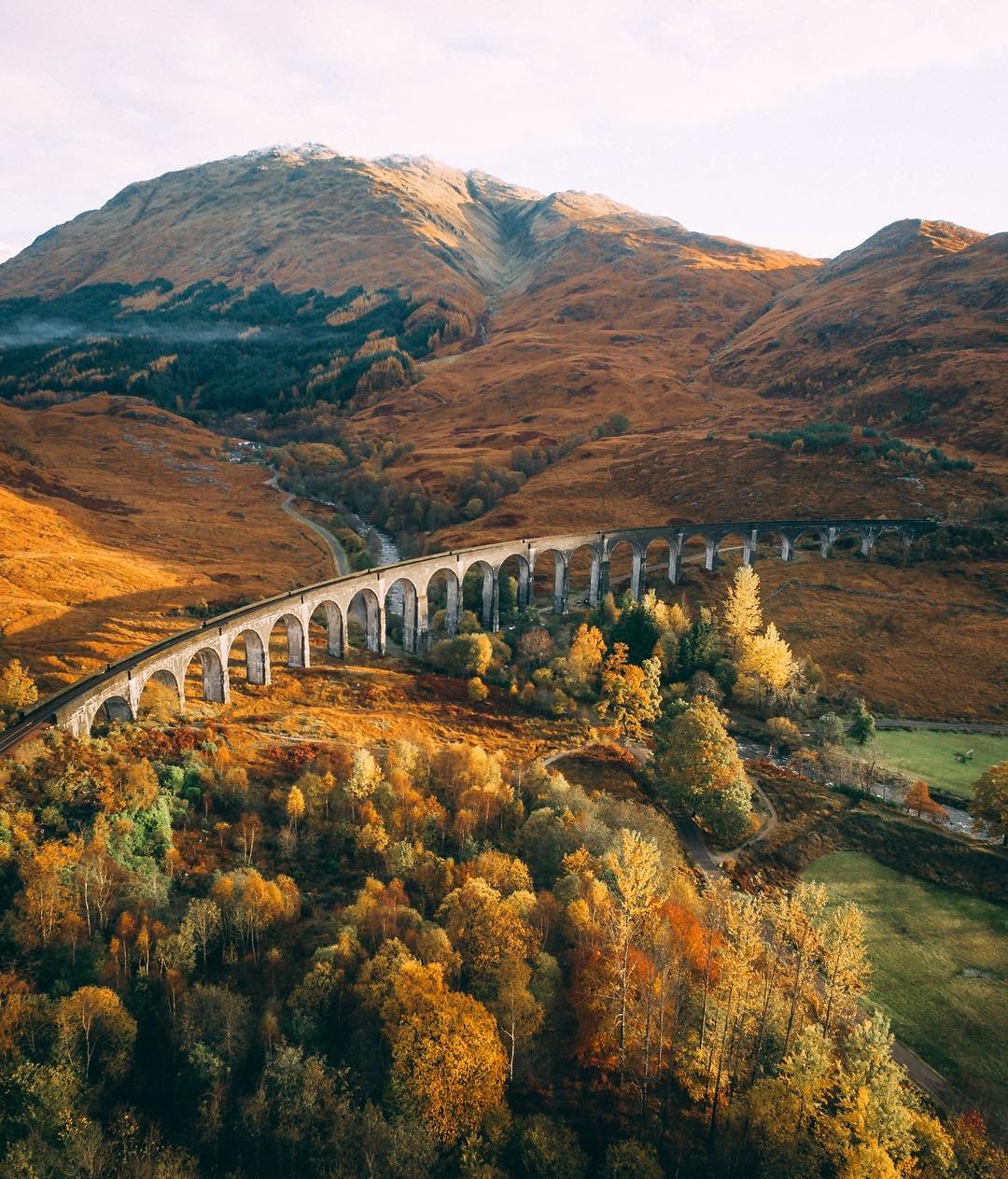
CONNOR MOLLISON
PHOTOGRAPHER
If you know me through Instagram, you’ll likely not know a huge amount about me. That’s mostly because I’ve done a pretty bad job at telling you. So, here it is. I’m a 25-year-old freelance photographer, website designer, digital marketing consultant and SEO based in Glasgow.









